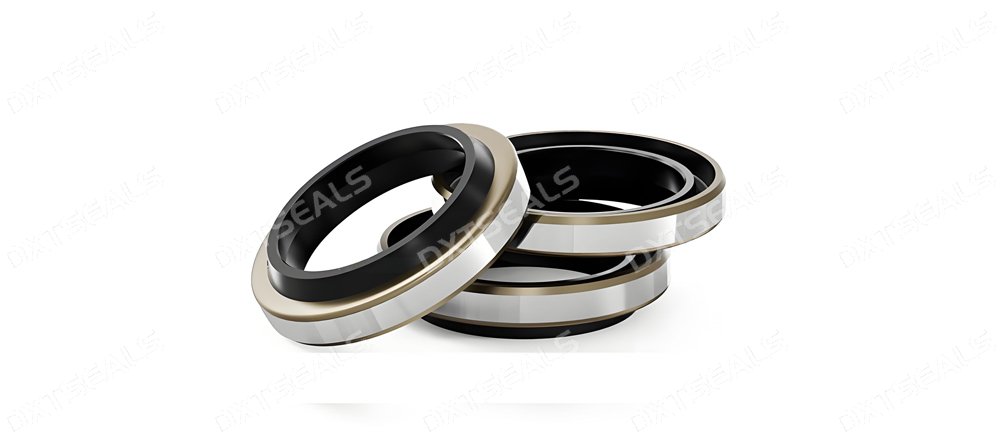
Oil seals are critical components in countless industrial and automotive applications. They prevent lubricant leakage and block the intrusion of contaminants such as dirt, water, or dust. However, like all wear parts, oil seals have a limited lifespan.
Knowing when to replace oil seals and recognizing the warning signs of failure can help prevent major damage and costly downtime. In this guide, DXTSEALS outlines how to monitor seal health and ensure long-term performance.
⏱️ Recommended Oil Seal Replacement Intervals
There’s no one-size-fits-all answer, as oil seal lifespan depends on several factors:
-
Operating temperature
-
Shaft speed
-
Lubrication quality
-
Material compatibility
-
Environmental exposure
-
Seal material (e.g., NBR, FKM, PTFE)
However, general guidelines suggest:
-
Automotive oil seals: Replace every 80,000–100,000 km (50,000–60,000 miles)
-
Industrial seals in moderate conditions: Inspect and replace every 1–2 years
-
Seals in high-load or high-temperature environments: Inspect more frequently, with potential replacement every 6–12 months
✅ Tip: Always follow the equipment manufacturer’s maintenance schedule and adjust based on actual wear conditions.
⚠️ Key Warning Signs of a Failing Oil Seal
Replacing oil seals proactively can prevent more serious issues like shaft scoring, bearing failure, or system contamination. Look out for the following early warning signs:
1. Visible Oil Leaks
If you see oil collecting near the seal or dripping from the machinery, it’s often a clear sign that the oil seal is no longer functioning properly.
2. Increased Friction or Heat
A faulty seal may cause the shaft to run hotter due to improper lubrication retention, leading to increased friction and wear.
3. Unusual Noises
Squealing or grinding noises from rotating equipment can indicate misalignment or seal degradation.
4. Contamination in Lubricant
If dust, metal particles, or moisture are found in the lubricant during inspection, your seal may be letting contaminants in.
5. Shaft Damage or Vibration
A worn or hardened seal lip may fail to maintain a tight seal, causing vibrations or shaft scoring.
🛠️ Tips for Extending Seal Life
-
Ensure correct installation and alignment
-
Choose the right material for the chemical and thermal environment
-
Maintain clean lubrication systems
-
Avoid shaft runout and ensure smooth shaft surfaces
-
Monitor operating pressure and do not exceed design limits
🔁 Replacement Process Overview
When replacing an oil seal:
-
Remove the old seal carefully to avoid damaging the housing or shaft.
-
Clean the area thoroughly.
-
Inspect the shaft for wear or grooves.
-
Install the new oil seal with the proper tools and alignment.
-
Test-run the system and monitor for any leaks.
💡 DXTSEALS offers a wide range of oil seals with high performance materials and design customization options for longer-lasting solutions.
🔚 Conclusion
Understanding oil seal replacement intervals and being alert to failure warning signs can dramatically improve equipment reliability and reduce unexpected downtime. Whether you’re maintaining industrial systems or automotive machinery, proactive seal monitoring is essential.
🔗 Trust DXTSEALS for Your Sealing Needs
At DXTSEALS, we manufacture premium-quality oil seals designed for tough environments and long-term use. Contact us to learn more about our sealing solutions and expert support.
👉 Visit www.dxtseals.com to explore our product catalog and technical resources.
